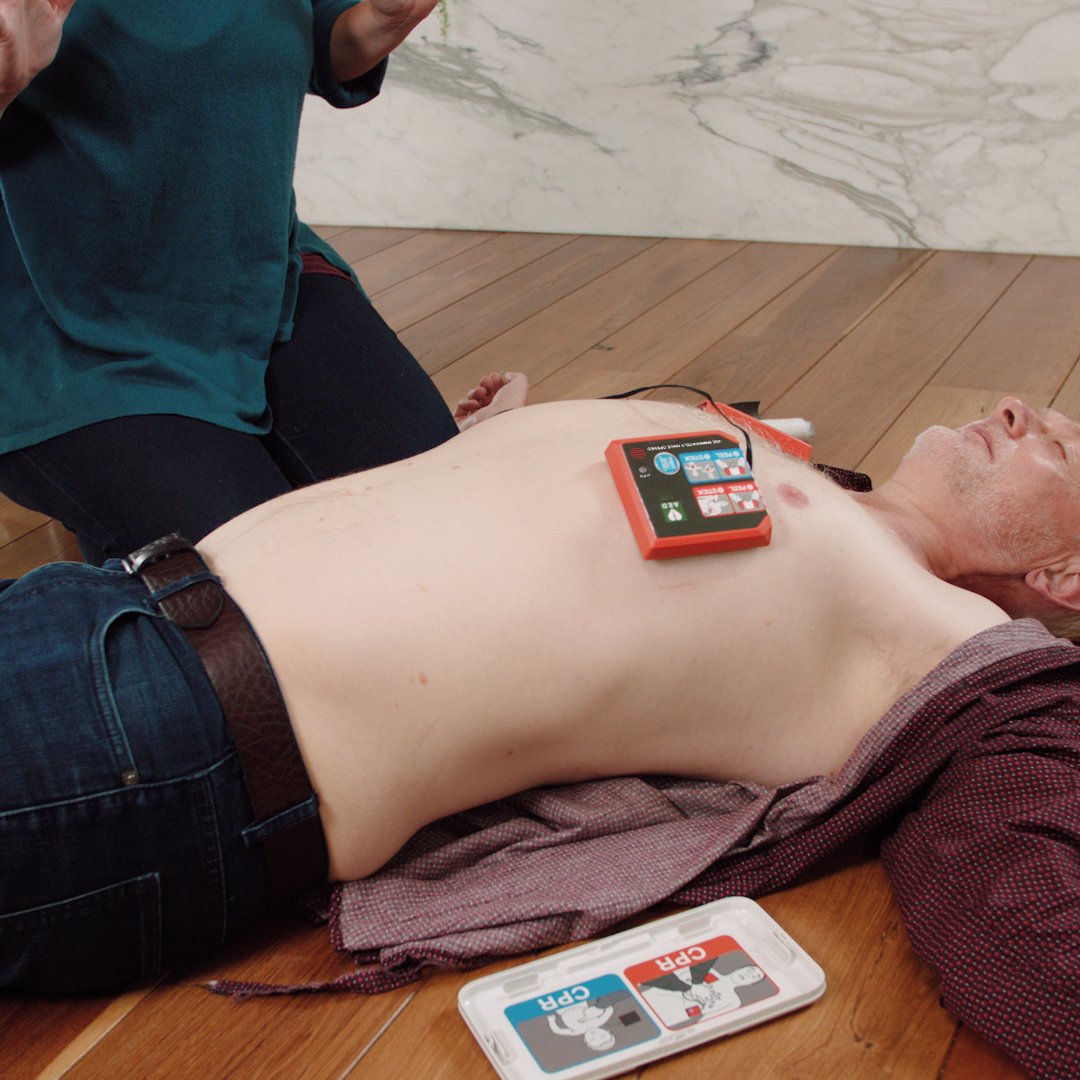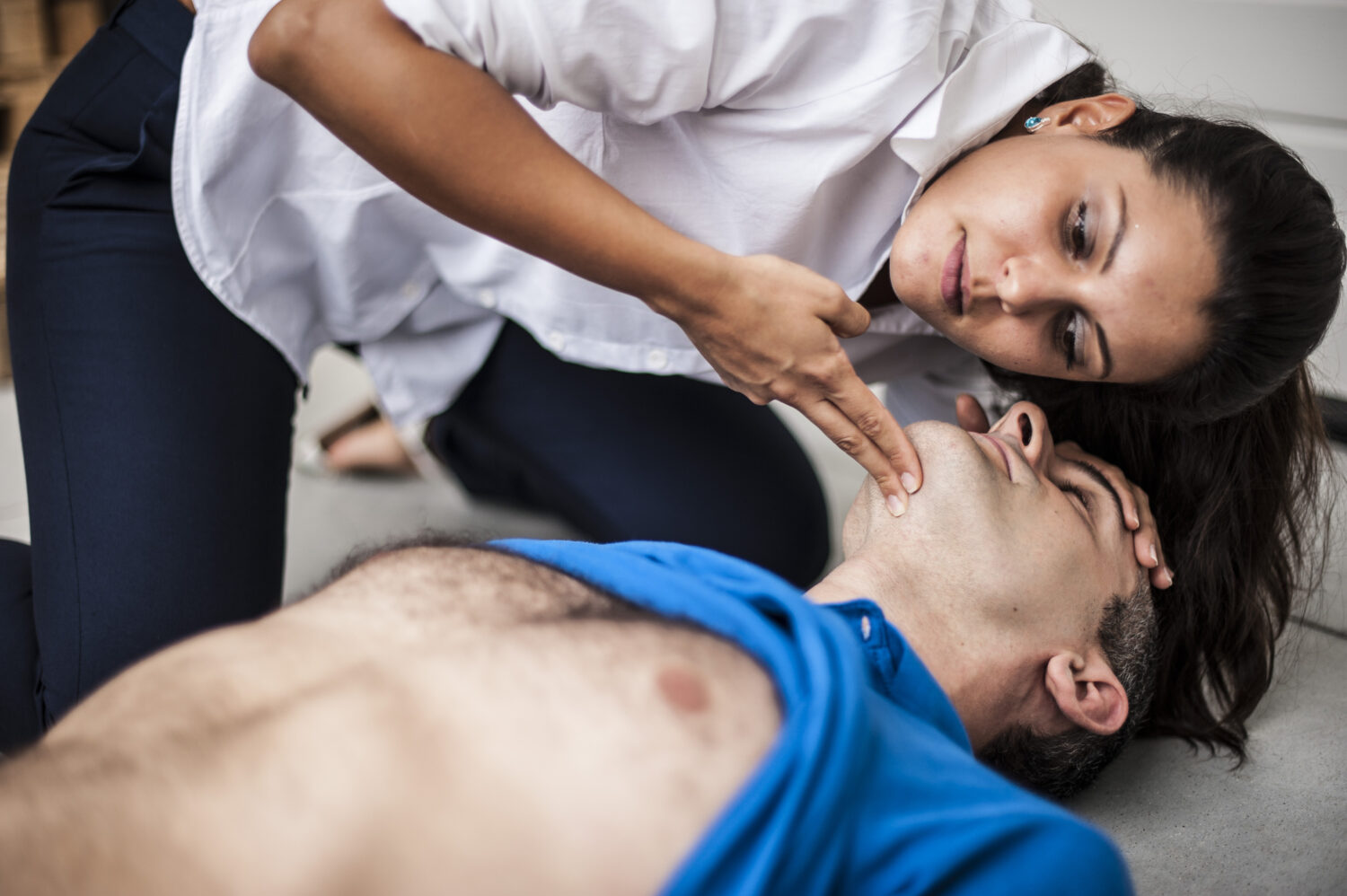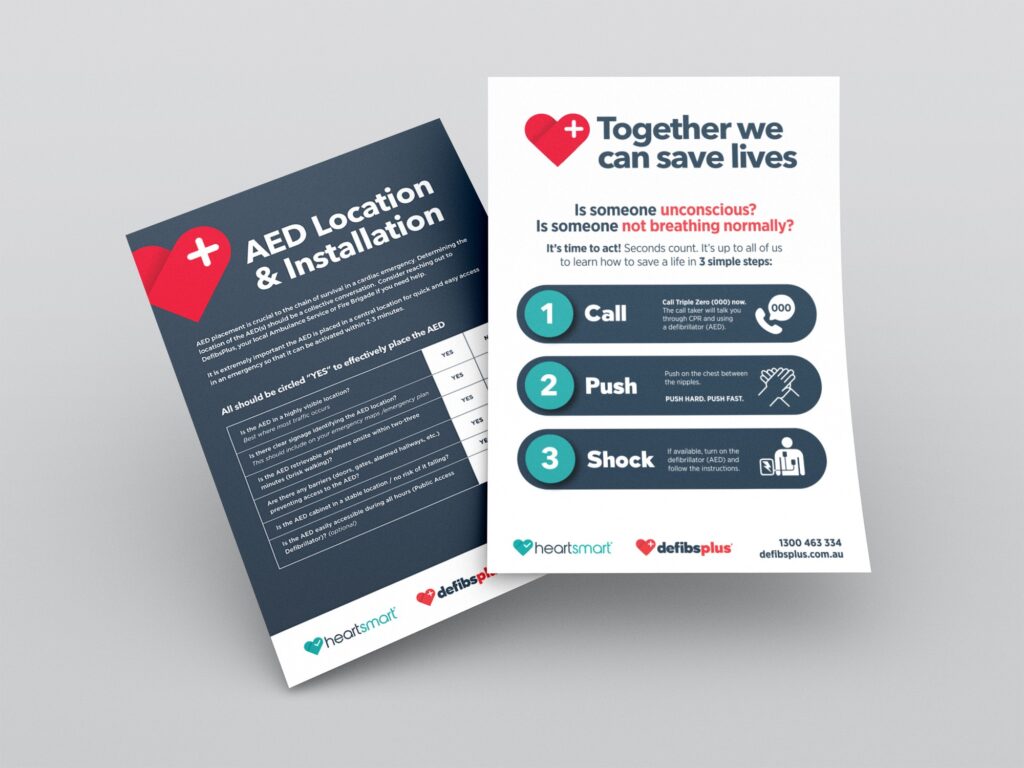

Blood pressure –everyone knows it shouldn’t be too high or too low, but that’s about it! In this article, we’re answering some interesting questions about blood pressure; what it is, why it matters, how to manage blood pressure issues, and more.
Your heart is a sophisticated pump, pushing blood to our lungs and through our bodies through a massive network of veins, arteries, and capillaries. This network stretches through every organ, muscle, and nervous system, measuring an incredible 100,000kms in total! It takes an average of just 20 seconds for blood to circulate throughout the body, and it’s all thanks to the pressure created by the heart and maintained by the structure of the veins and arteries.
When you’re at rest, your blood pressure should be between 90/60 mmHg and 140/90 mmHg. The higher number is your systolic blood pressure, or the pressure in your heart when it beats, and the lower number is your diastolic blood pressure, or the pressure in your heart when it rests between beats. This can be measured using a blood pressure cuff.
High blood pressure is anything over 140/90 mmHg. Your blood pressure can be high for several reasons, and not all of them are bad! For example, if you are running, playing sports, or dancing, your blood pressure will increase with your heart rate to supply your muscles with more oxygen and nutrients and boost your senses. This type of temporary, activity-induced high blood pressure is very healthy for the heart, which is why we’re all supposed to do around 60 minutes of moderate physical activity each day.
However, when your blood pressure is consistently high, even at rest, then it starts to stress out your heart and cause damage to the cardiovascular system. This increases the risks of heart attack, sudden cardiac arrest, heart disease, and other potentially deadly health conditions.
Luckily, there are quite a few ways you can control your blood pressure and keep it at a healthy level. This includes exercising regularly, choosing healthy homecooked meals over takeaways and ready meals loaded with salt and saturated fats, cutting down on sugary, salty, and processed foods, quitting smoking, and drinking plenty of water rather than fizzy drinks and alcohol. It doesn’t mean you have to entirely cut out all the foods you enjoy – unless you have a severe heart health condition and have been advised to do so by your doctor. For most people, making takeout a once-a-week treat and limiting portions of salty, high-calorie, and processed foods is enough to make a difference, especially if you add in some exercise!
Low blood pressure is anything under 90/60 mmHg. People who are very fit and healthy tend to have low blood pressure and it’s not often a problem for them. Your blood pressure can also drop if you overheat, become dehydrated, are pregnant, have recently donated blood, are using certain medications, or have an infection. In these instances, low blood pressure can lead to dizziness, fainting, fatigue, and blurry vision, and can cause falls, especially in elderly people.
With 1 in 3 people aged 18 and older suffering from high blood pressure in Australia, the chances are high that you have family members, neighbours, and community members at risk of serious cardiac events.
DefibsPlus is a leading supplier of automated external defibrillators from leading brands, including HeartSine AEDs. These easy-to-use devices are the only way to restart a heart that has gone into cardiac arrest, and potentially saving a life. In addition to supplying your home, school, facility, or office with a defibrillator, we can also supply you with AED storage and signage, replacement parts, electrode pads, batteries, and PPE.
We also offer FREE defibrillator training for your team, family, or community group, and a subsidy to help make investing in a HeartSine AED more affordable.
Contact us today on 1300 463 344 or use our online form. Together, we can save lives.





Interested in ordering defibrillator products or training for your organisation? Fill in the form below and a member of our sales team will contact you as soon as possible. Thank you for your interest.

| Resources | Are you COVID-19 safe?, COVID-19 CPR & Defibrillation, Call, Push, Shock, CPR Rapid Action Plan, Chain of survival, How to use an AED, Helpline Support, GoodSAM App, Heart Smart Program, FAQ, AED Checklist, AED Checklist, AED Policy & Procedures, AED Maintenance Checklist |
|---|
